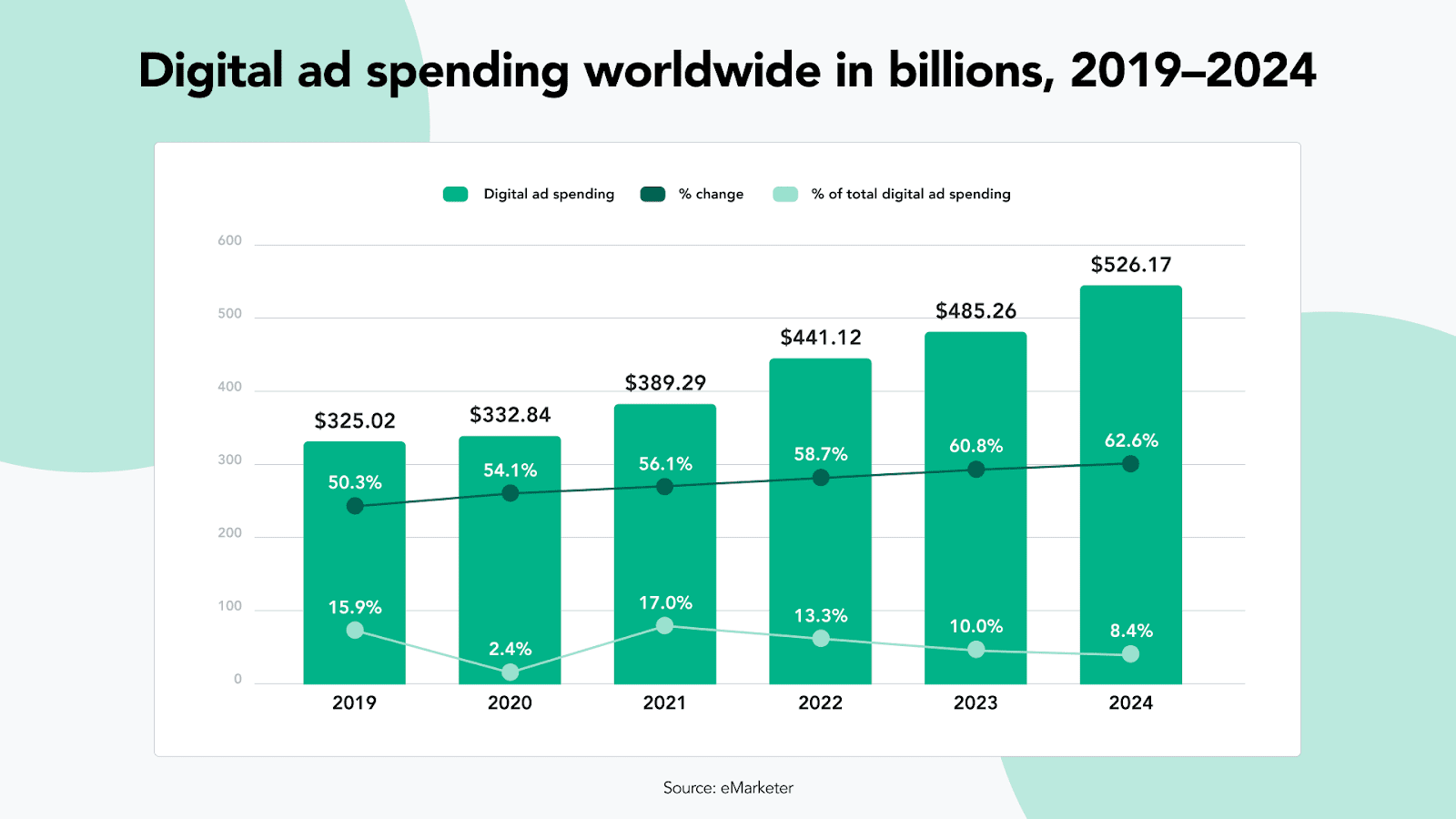
Are you struggling to make your content marketing efforts pay off? If so, you’re not alone. Many businesses struggle to see the results they desire from their content marketing strategy. But fear not! In this article, we’ll be unlocking the secrets to a profitable content marketing strategy that will take your brand to new heights.
Content marketing is a powerful tool for building brand awareness, generating leads, and driving customer engagement. However, to truly reap the benefits, you need to have a well-defined strategy in place. It’s not just about creating and publishing content; it’s about creating the right content for the right audience at the right time.
Throughout this article, we’ll walk you through the essential steps to create a successful content marketing strategy, from identifying your target audience and setting clear goals to creating high-quality content and measuring your results. By following these proven strategies, you’ll be well on your way to achieving your content marketing goals and driving profitable results for your business.
So, if you’re ready to unlock the secrets to a profitable content marketing strategy, grab a pen and paper and let’s dive in!
The importance of a content marketing strategy
Having a solid content marketing strategy is essential for the success of your business. Without a clear plan in place, you’ll be wasting time and resources on content that may not resonate with your target audience or drive the desired results.
A well-defined content marketing strategy allows you to align your content efforts with your business goals. It helps you identify your target audience, understand their needs and preferences, and create content that addresses those pain points. Furthermore, a strategy enables you to measure the success of your content marketing efforts and make data-driven decisions to optimize your results.
In essence, a content marketing strategy provides you with a roadmap to success. It ensures that every piece of content you create serves a purpose and contributes to your overall marketing objectives.
Understanding your target audience
The first step in developing a profitable content marketing strategy is to understand your target audience. Who are they? What are their interests? What challenges do they face? By answering these questions, you can create content that resonates with your audience and provides value.
Start by creating buyer personas, which are fictional representations of your ideal customers. Identify their demographics, interests, pain points, and goals. This information will guide you in tailoring your content to meet their needs and preferences.
Additionally, conduct market research to gain insights into your target audience’s behavior and preferences. Use tools like Google Analytics, social media analytics, and surveys to gather data that will inform your content creation process.
Conducting keyword research for content optimization
Keywords play a crucial role in content optimization. By conducting keyword research, you can identify the terms and phrases your target audience is using to search for information related to your industry or products/services.
Start by brainstorming a list of relevant topics and keywords. Then, use keyword research tools like SEMrush or Google Keyword Planner to identify high-volume and low-competition keywords. These keywords will help you optimize your content for search engines and increase its visibility.
When incorporating keywords into your content, ensure they flow naturally and don’t disrupt the readability of your content. Aim for a good keyword density without overstuffing your content. Remember, the goal is to provide valuable and engaging content that also ranks well in search engine results.
Creating valuable and engaging content
Now that you know your target audience and have identified relevant keywords, it’s time to create valuable and engaging content. Remember, quality trumps quantity. It’s better to have a few high-quality pieces of content than a large volume of mediocre content.
Start by brainstorming content ideas that align with your business goals and your audience’s interests. Consider using different formats such as blog posts, videos, infographics, or podcasts to cater to different learning preferences.
When creating content, ensure that it provides value to your audience. Address their pain points, answer their questions, and provide actionable insights. Use storytelling techniques to make your content relatable and memorable. Additionally, make your content visually appealing by using images, videos, and other multimedia elements.
Optimizing your content for search engines
Creating valuable and engaging content is essential, but optimizing it for search engines is equally important. By doing so, you increase the chances of your content being discovered by your target audience.
Start by optimizing your page titles, meta descriptions, and URLs to include relevant keywords. Use headers (H1, H2, H3) to structure your content and make it easier for search engines to understand. Incorporate keywords naturally throughout your content, including in the first paragraph.
Ensure your content is mobile-friendly, as mobile usage continues to rise. Optimize your images by compressing them and adding alt text. Improve your website’s loading speed to enhance the user experience and reduce bounce rates.
Promoting your content through various channels
Creating high-quality content is only half the battle. You also need to promote it to ensure it reaches your target audience. Here are some effective channels for content promotion:
1. Social media: Share your content on platforms like Facebook, Twitter, LinkedIn, and Instagram. Use engaging captions and compelling visuals to capture your audience’s attention.
2. Email marketing: Build an email list and send regular newsletters to your subscribers. Include snippets of your content with a call-to-action to drive traffic to your website.
3. Influencer partnerships: Collaborate with influencers in your industry to promote your content to their audience. This can significantly increase your reach and credibility.
4. Guest blogging: Write guest posts for reputable websites in your industry. This allows you to tap into their audience base and establish yourself as an authority in your field.
5. Paid advertising: Consider investing in paid advertising on platforms like Google Ads or social media ads to boost the visibility of your content.
Remember, promotion is key to ensure your content reaches the right people and drives the desired results.
Tracking and analyzing the success of your content marketing efforts
To measure the success of your content marketing strategy, you need to track and analyze your efforts. This will provide valuable insights into what’s working and what needs improvement.
Start by setting clear goals and key performance indicators (KPIs) for your content marketing strategy. These could include metrics like website traffic, engagement rate, conversion rate, or lead generation.
Use analytics tools like Google Analytics or social media analytics to track your content’s performance. Monitor metrics such as page views, time on page, bounce rate, and social shares. Identify trends and patterns to understand what types of content resonate most with your audience.
Based on your analysis, make data-driven decisions to optimize your content marketing strategy. Experiment with different content formats, topics, and distribution channels to find the winning formula for your business.
Leveraging social media for content distribution
Social media platforms provide a powerful opportunity to distribute your content and engage with your audience. Here are some tips for leveraging social media for content distribution:
1. Know your audience: Understand which social media platforms your target audience uses the most. Focus your efforts on those platforms to maximize your reach.
2. Tailor your content: Adapt your content for each social media platform. Use eye-catching visuals, short captions, and relevant hashtags to capture attention.
3. Engage with your audience: Respond to comments, messages, and mentions. Encourage discussions and build relationships with your audience.
4. Use scheduling tools: Schedule your social media posts in advance using tools like Hootsuite or Buffer. This ensures consistent content distribution and saves you time.
5. Leverage user-generated content: Encourage your audience to create and share content related to your brand. This not only increases your reach but also builds social proof and credibility.
Remember, social media is a dynamic and ever-changing landscape. Stay up to date with the latest trends and algorithms to make the most of your social media presence.
Collaborating with influencers and industry experts
Influencer marketing is a powerful strategy for amplifying your content’s reach and credibility. Collaborating with influencers and industry experts allows you to tap into their established audience base and leverage their expertise.
Start by identifying influencers and experts in your industry who align with your brand values and target audience. Reach out to them with a personalized pitch, highlighting the benefits of collaborating with you.
Consider different forms of collaboration, such as guest blogging, social media takeovers, or co-creating content. This allows you to tap into their expertise while providing valuable content to their audience.
Remember, building relationships with influencers takes time and effort. Nurture these relationships by engaging with their content, providing value, and being authentic.
Conclusion: Taking your content marketing strategy to the next level
A profitable content marketing strategy is within your reach. By following the steps outlined in this article, you can unlock the secrets to success and drive profitable results for your business.
Remember to start with a well-defined strategy that aligns with your business goals and target audience. Create valuable and engaging content that addresses your audience’s pain points and provides actionable insights. Optimize your content for search engines to increase its visibility. Promote your content through various channels to ensure it reaches your target audience. Track and analyze your efforts to make data-driven decisions and optimize your strategy. Leverage the power of social media and collaborate with influencers and industry experts to amplify your reach.
Now that you have the tools and knowledge, it’s time to take action. Implement these strategies, test and iterate, and watch as your content marketing efforts unlock new opportunities and drive profitable results for your business.
So, grab that pen and paper, and get started on your journey to a profitable content marketing strategy today!




